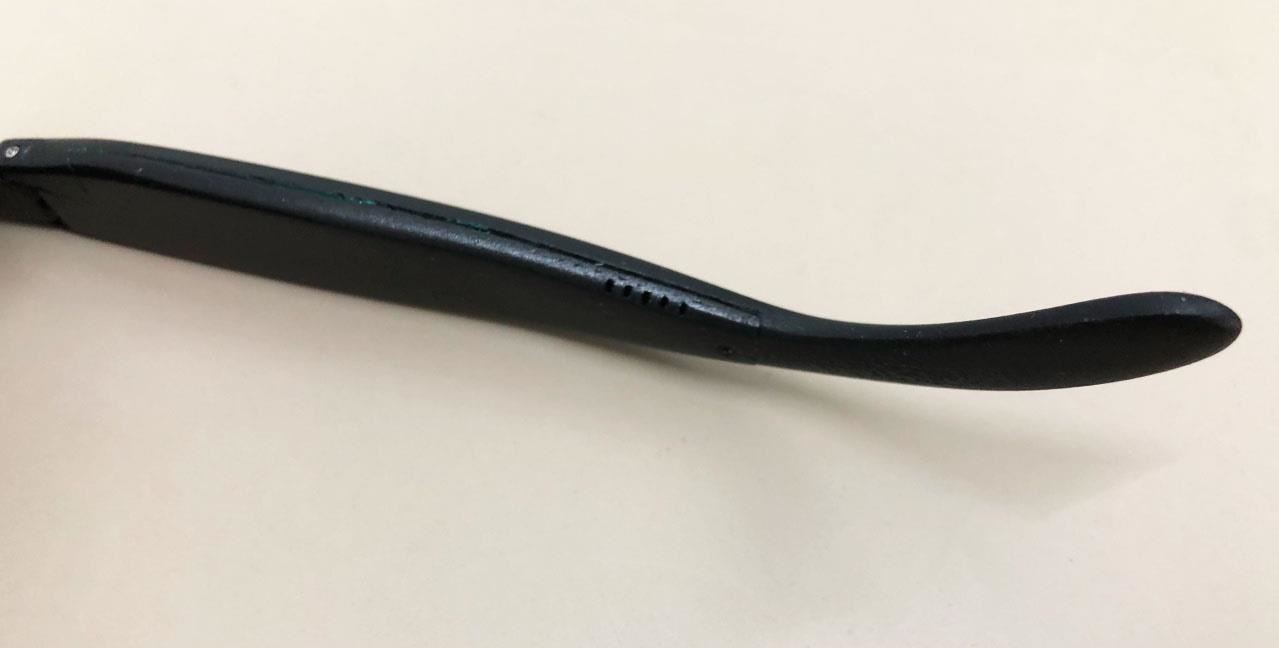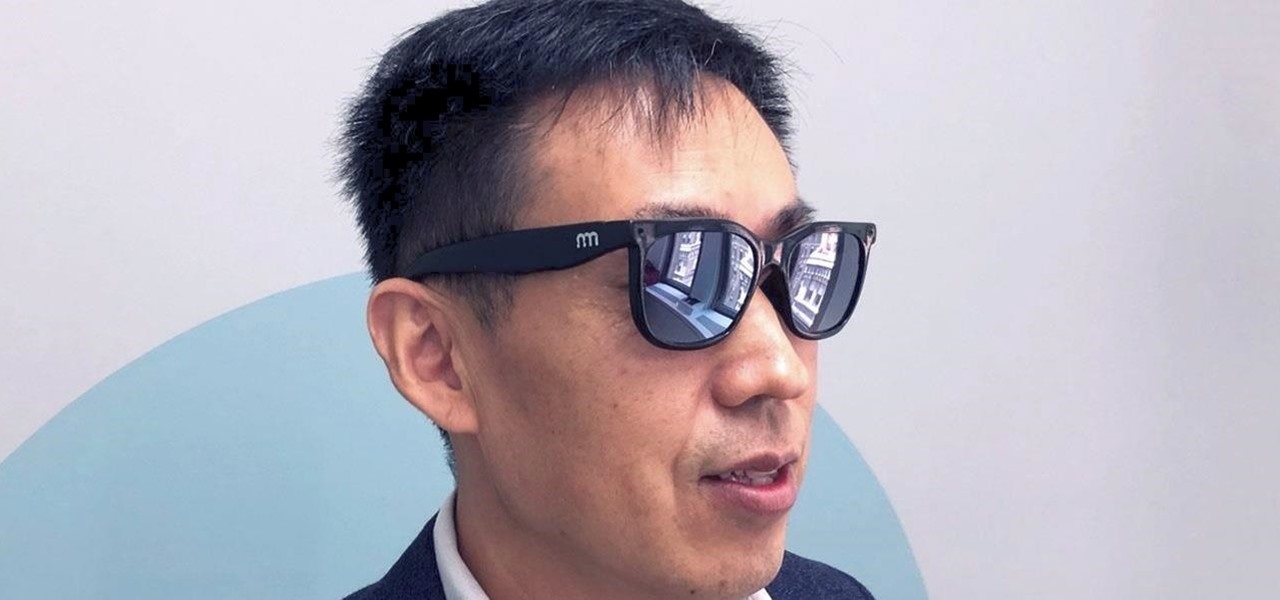What if, back in 2013, Google Glass had launched not as a Star Trek Borg-like eyepiece, but as a pair of seemingly normal shades, with the augmented reality lens and camera hidden within the frame?
Google Glass has been almost permanently tagged with the "glasshole" moniker, so we'll never know if a sleeker version would have succeeded. But a new wearable called Norm Glasses is offering a solution that may answer the question above for consumers today.
Florida-based startup Human Capable is hoping to tackle Google Glass's missed market by offering the same kind of AR experience in a pair of normal-looking shades. Conveniently, the product is called Norm Glasses, and it offers a powerful array of features in a deceptively simple housing.





When I first walked into a room to meet the Human Capable team, I saw the device sitting on a table and assumed I was looking at a non-working design mock-up. Why? Because Norm Glasses are so sleek and, well, normal looking, that you really need to examine the device up close to detect the presence of technology.
The smartglasses weigh in around 36 grams. They offer high-definition video and still image capture, and display two-dimensional imagery such as text and full-color photos via the monocular eyepiece hidden in the right lens housing (which, when you look closely, you'll notice is slightly thicker to accommodate the module). In terms of fit, the device will come in three different sizes (as well as three different colors, to be determined soon).

In addition to the visual aspect, the device also includes speakers embedded in each arm and software functions that users can activate via a noise-canceling microphone embedded in one of the arms of the device. A touch panel on the right side of the frame allows users to tap to answer or dismiss various prompts and notifications.
I didn't have the ability capture video of the AR interface I used on the Norm Glasses, but the simulated interface shown on the company's promotional video (sample below) is a fairly accurate representation of what the interface looked like in my testing.

Among the native software features the company is promising to deliver at launch is the ability to make and receive phone calls while attached via Bluetooth to a smartphone. I tested this feature out, and it worked fairly well, allowing me to see a visual prompt before answering a call using the smartglasses.
Other features I was able to test and found usable on the device included surfing the web, sending text messages, and listening to music. However, the other features promised, such as translation and map assistance, weren't available when I tried the device.

The device I tried is just a prototype, so the housing isn't completely polished, but it's far enough along that you can see just how easily these would blend into a normal setting.
To give you an idea of just how normal the device looks, I took a photo (above) of the Norm Glasses next to Snap's non-AR camera glasses called Spectacles. When I wear the Spectacles, they blend into all settings quite well, with hardly anyone remarking on the relatively obvious camera embedded in the frame.


Comparatively, the tiny pinhole camera hidden in the Norm Glasses is even harder to detect, and the frame has none of the bulk that might give away that it's a tech-enabled device. Currently, the company claims that the device's battery life is around four to five hours (or one to two days of standby battery time when not in heavy use), but I wasn't able to test that particular benchmark.
Human Capable founder Charles Sun began developing the device back in 2015 and only now thinks it's ready for its public debut. But since he's not backed by any major company or venture capital firm (yet), he's looking to Kickstarter to fund the project.



As usual, the campaign will include various package discounts and benefits, but the general price point the company is looking to offer to most consumers is $375, which is pretty competitive considering the next closest competitor, North, is offering a similar solution in the $1,000 range. The company expects to deliver the smartglasses to early backers in January 2020.
Overall, Norm Glasses aren't the fully immersive AR you'll find in something like the HoloLens, the Magic Leap One, or even the Nreal Light, but as a heads-up display that most people will never know you're wearing, this might be the best approach we've seen yet.
Just updated your iPhone? You'll find new features for Podcasts, News, Books, and TV, as well as important security improvements and fresh wallpapers. Find out what's new and changed on your iPhone with the iOS 17.5 update.























1 Comment
Lets not forget about the Vuzix Blade for 699.00
Share Your Thoughts